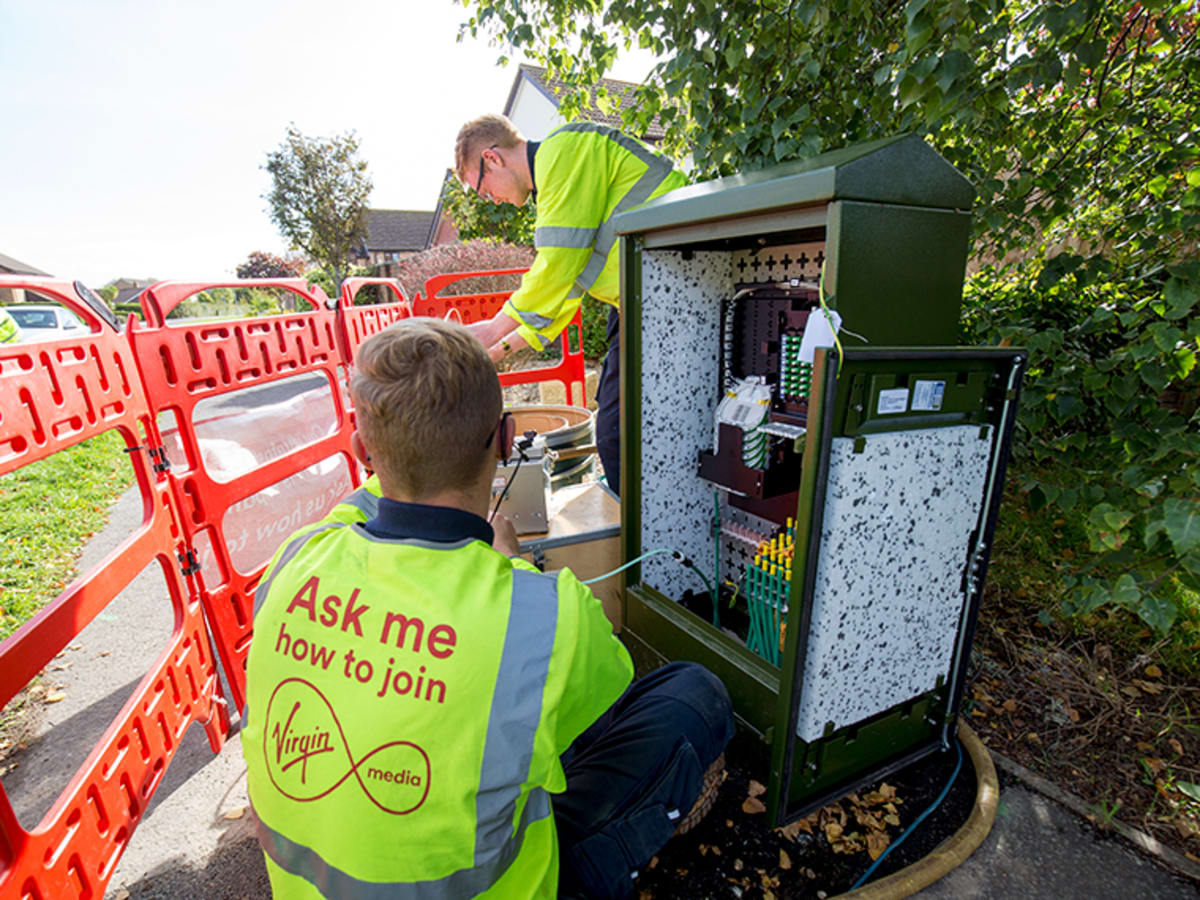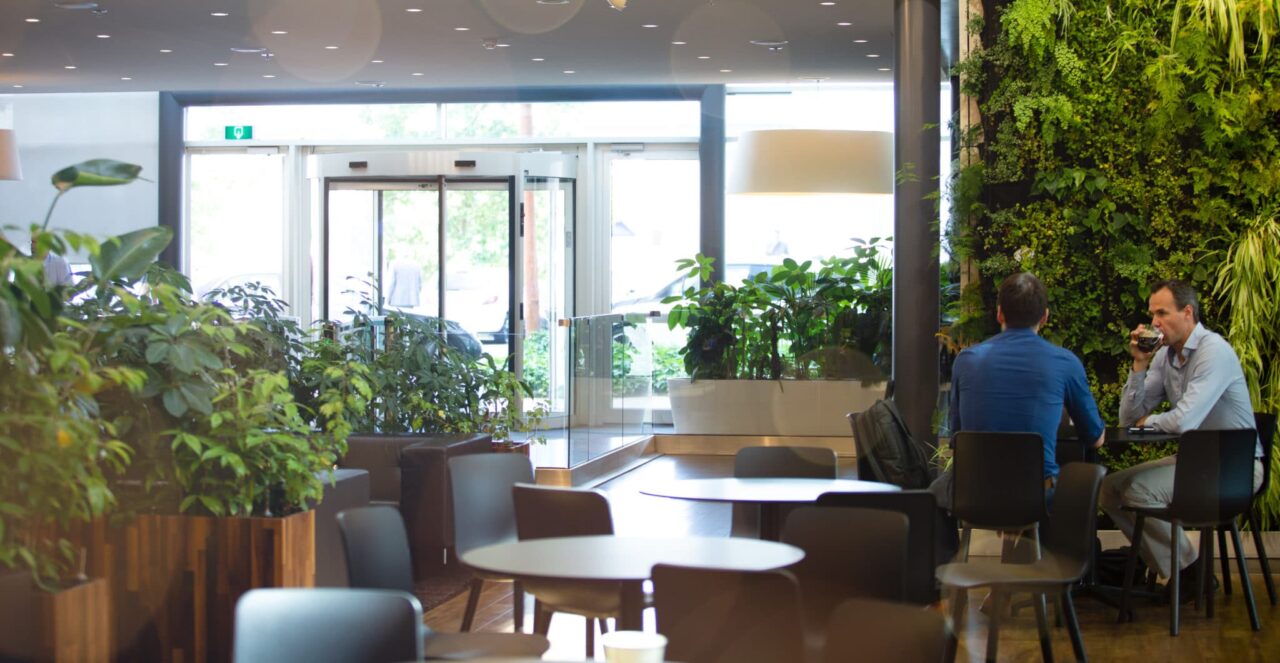As you’ve probably experienced, summers are getting hotter and hotter every year. The summer of 2018/2019 set temperature records across Europe and predictions show we’re likely to enjoy similar balmy weather again this year. But with this fantastic weather comes a challenge: excessive heat generation inside our broadband street cabinets which contain active network equipment.
A recent study by Virgin Media showed internal temperatures of their street cabinets is typically double that of the outside temperature during the summer months – meaning a 28˚Celsius day can bring inside cabinet temperatures of 56 ˚. Once the internal temperature gets to 55˚, the fault rate increases and the electrical components age more quickly.
This issue of overheating cabinets was central to Spark’s –(our Innovation Programme Team) Cooling Nodes Campaign. The aim of the campaign was to encourage Liberty Global employees to improve network reliability, lower the cost of maintenance and improve our customers’ experience by putting forward a solution to keep our cabinets cool inside.
The campaign triggered my memory of an article I’d read, where the temperature of a conference room was being controlled using Phase Changing Materials (PCM). Using the same concept I had the idea that PCM could help to reduce the temperature in the cabinets by absorbing and storing excessive heat away from the network equipment. The materials are completely passive i.e doesn’t use any power, environmentally friendly and very reliable. After doing some more research, I realized this could be a cost-effective way to reduce the heat peaks and submitted the idea to the Spark campaign.
Over 80 ideas were presented, with the PCM idea being chosen as one of the most promising ideas for further investigation. Working with our supplier Tizzin, we held several brainstorming sessions to determine the best way to put this concept into practice. Tizzin then came up with the idea to make PCM-pads with magnetic strips which would be easily assembled inside the broadband street cabinets.
Successful lab tests followed and verified that the PCM can reduce the temperature in streets cabinets, preventing inside temperatures from breaching the 50 ˚Celsius danger zone. On average, tests showed that cabinets fitted with PCM showed an 8˚ lower maximum air temperature inside the cabinet, than those that weren’t fitted.
We’re currently analysing the results of our field tests which is being deemed a success. In general the results support the labs tests and show an overall reduction in air temperature measured inside the PCM lined cabinets – all of which have been below 55˚. I’m pleased the Proof of Concept proved to be successful and am hopeful this can lead to an expansion of the project so that we can better protect our network equipment going forward.
The benefits of a simple idea like this are fourfold; there is no need to install active cooling equipment, installation time is minimal and the solution works effectively in both our grey and green coloured cabinets. Most importantly, this idea fits Liberty Global’s sustainability efforts to empower positive change through technology.










